👨🎓个人主页:研学社的博客
💥💥💞💞欢迎来到本博客❤️❤️💥💥
🏆博主优势:🌞🌞🌞博客内容尽量做到思维缜密,逻辑清晰,为了方便读者。
⛳️座右铭:行百里者,半于九十。
📋📋📋本文目录如下:🎁🎁🎁
目录
💥1 概述
文献来源:

摘要: 本文首先综述了之前关于层压PCB结构稳态热分析的数值-分析耦合方法的工作。将傅里叶级数温度解析解和有限体积法连接在一起,对PCB进行热建模。为了进一步对PCB进行组件建模,然后使用组件的热电阻参数将组件的温度与耦合方程中的变量阵列相关联。为了进一步考虑PCB与环境之间的辐射传热问题,提出了一种迭代方法。每个表面单元和每个组件的辐射等效传热系数可以在迭代期间更新。此外,为了提高效率,在耦合方法中集成了多网格策略,以在金属层和PCB表面区域生成三个级别的离散单元。为了验证迭代方法,将简单单层结构的模型与 COMSOL Multiphysics 中内置的模型进行了比较。给出了辐射传热作用下幻像DC-DC电源PCB的建模结果,并基于Richardson外推法近似推导了建模精度。
原文:
Abstract:
The previous work relating to the numerical-analytical coupling method for steady-state thermal analysis of the laminated PCB structure is first briefly reviewed. The Fourier-series analytical solution of temperature and the finite volume method were linked together for thermally modeling the PCB. For further modeling the PCB with components, thermal-resistance parameters of the components are then used for correlating components’ temperatures with the variable arrays in the coupling equations. For further considering radiation heat transfer between the PCB and the ambient, an iterative method is proposed. The radiation-equivalent heat transfer coefficient for each surface cell and each component can be updated during the iteration. Moreover, for improving the efficiency, the multigrid strategy is integrated in the coupling method for generating discrete cells of three levels in the metal layer and PCB surface region. To testify the iterative method, the model of a simple one-layer structure is compared with that built in COMSOL Multiphysics. The modeling results of the PCB of a phantom DC-DC power supply under radiation heat transfer are also given and discussed, and the modeling accuracy is approximately derived based on Richardson’s extrapolation.
PCB的热建模被认为是评估PCB热扩散能力和估计组件温度的有效方法[1]-[14]。从历史上看,研究了一些分析PCB结构有效导热系数的建模方法,例如推导PCB集总导热系数的方法[1],[2]和基于PCB接线图推导正交各向异性(笛卡尔坐标中的x,y,z方向)的离散热导率的方法[3], [4]. 近年来,还研究了 PCB 的等效热阻模型 [5]–[7]。提出了两种分析热阻模型和设计优化方法,以优化IC下PCB通孔和导热焊盘的布局[5]。基于纳米卫星PCB的层等效热阻,通常提出了PCB热分析的详细和简化建模方法[6],[7]。
另一方面,Mentor的FloTHERM和ANSYS的Icepak也是为PCB热仿真而开发的。FloTHERM主要基于与PCB中铜覆盖率相关的有效导热系数和根据对140多种PCB配置的分析的经验方法[8],[9]。但这种方法可能会导致略微高估组件的温度[9]。
Icepak基于有限元方法(FEM)。基于FEM的软件通常被认为具有更高的计算精度,但通常结构必须完全离散化,这可能会影响操作效率[10]。
本文引入的热建模方法首先是在傅里叶级数温度解析解和基于FVM(有限体积法)离散化的基础上提出的[11],[12]。使用这种耦合方法, 层压PCB结构不需要完全离散, 而只需要金属层和表面区域.还包括PCB轨道中焦耳热的电热分析[11]-[13]。基于耦合方法的测试求解器首先在 MATLAB 中开发,其均匀网格为笛卡尔坐标 [12], [13]。通过与 COMSOL [12]–[14] 的建模比较,验证了耦合方法的精度。第二节简要介绍了耦合方法。
然而,均匀网格数值离散化对建模方法的运行效率有显著影响。因此,应用了多网格方法。在第三部分中,解释了三电平多网格的生成步骤以及三电平金属单元可能的相邻场景。
另一方面,元件的耐热性参数用于考虑元件的覆盖范围及其对PCB中热量传播的贡献以及估计其温度。组件的温度与耦合矩阵方程中的温度和热通量变量数组相关。相应的数学处理在第四节中介绍。
温度的傅里叶级数解析解主要是基于PCB表面假定的平均传热系数(HTC)[13],[14]得出的。但在这种简化的假设下,辐射传热无法在模型中直接分析。因此,作为另一项改进,第五节讨论了将HTC和辐射传热相关联的迭代方法。与 COMSOL 模型相比,第六节对该方法进行了验证。
📚2 运行结果
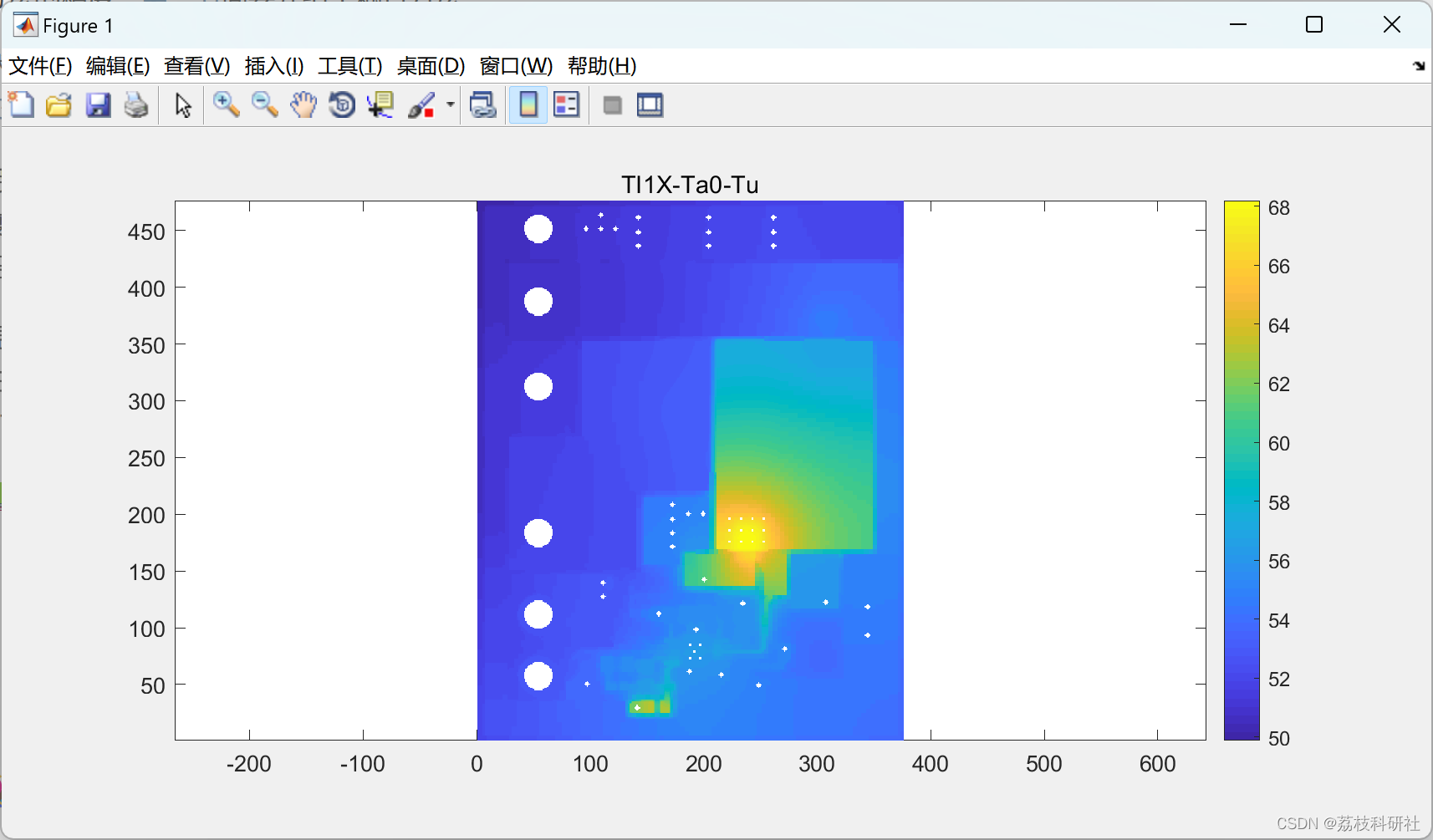
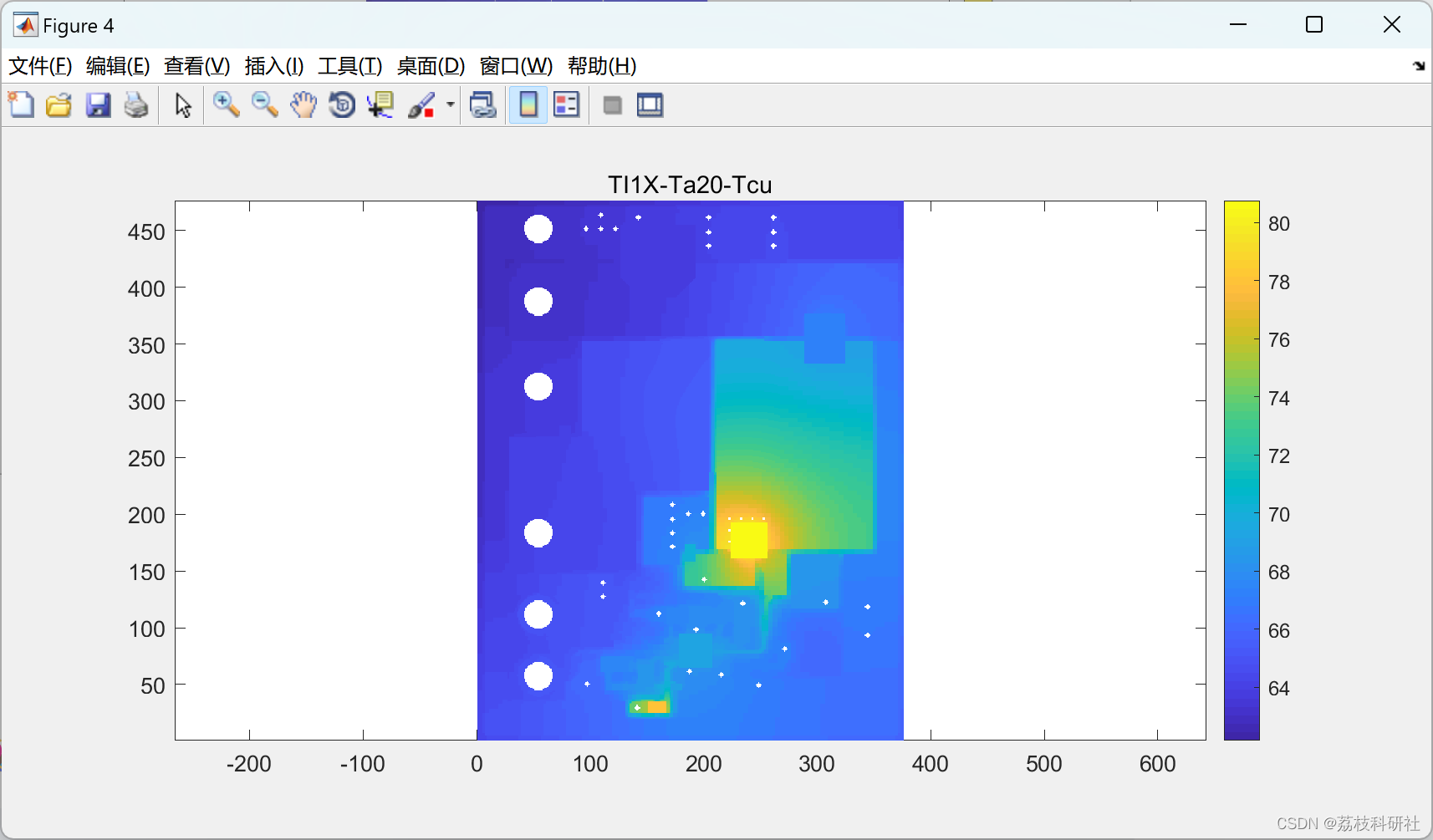
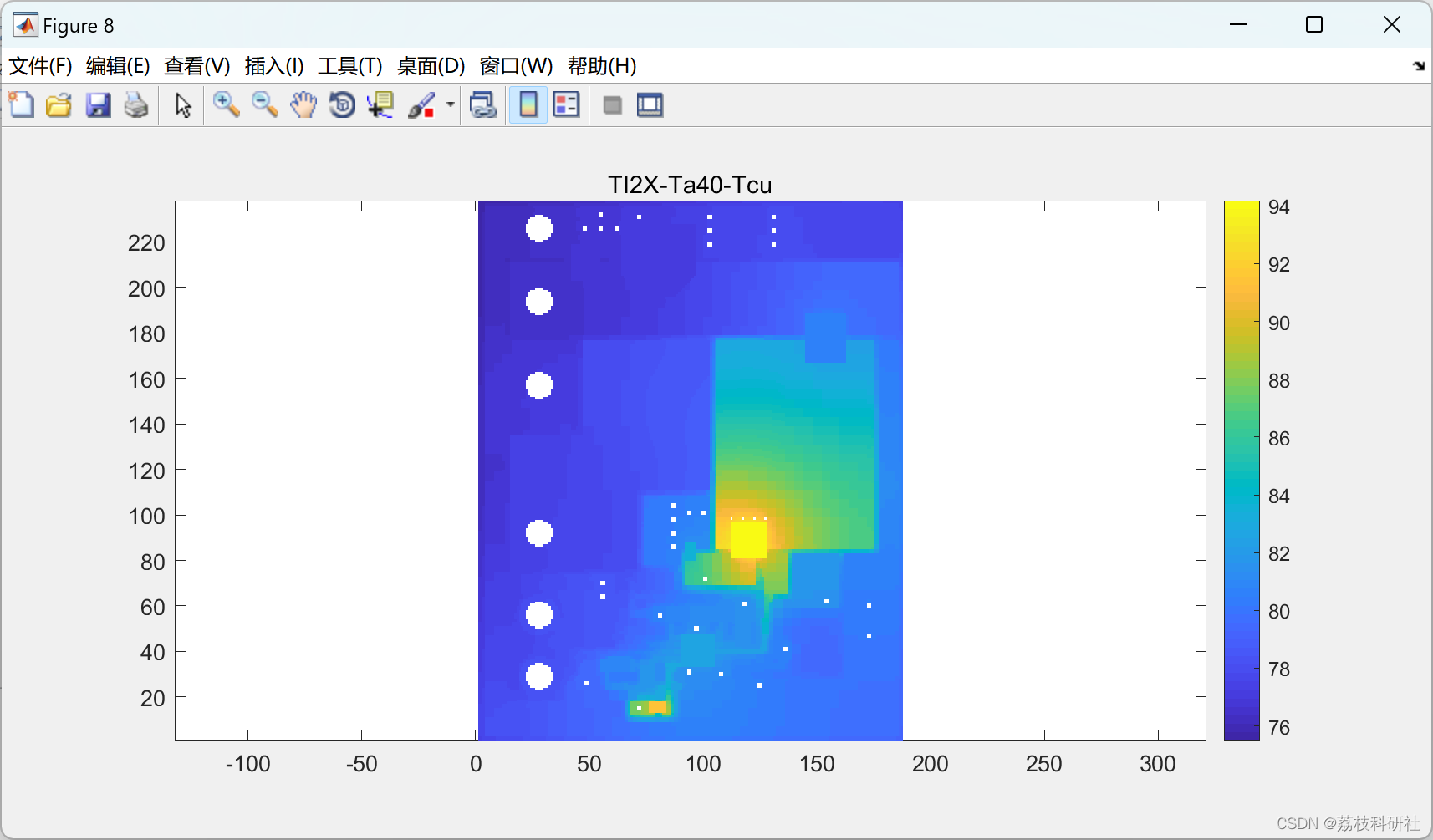
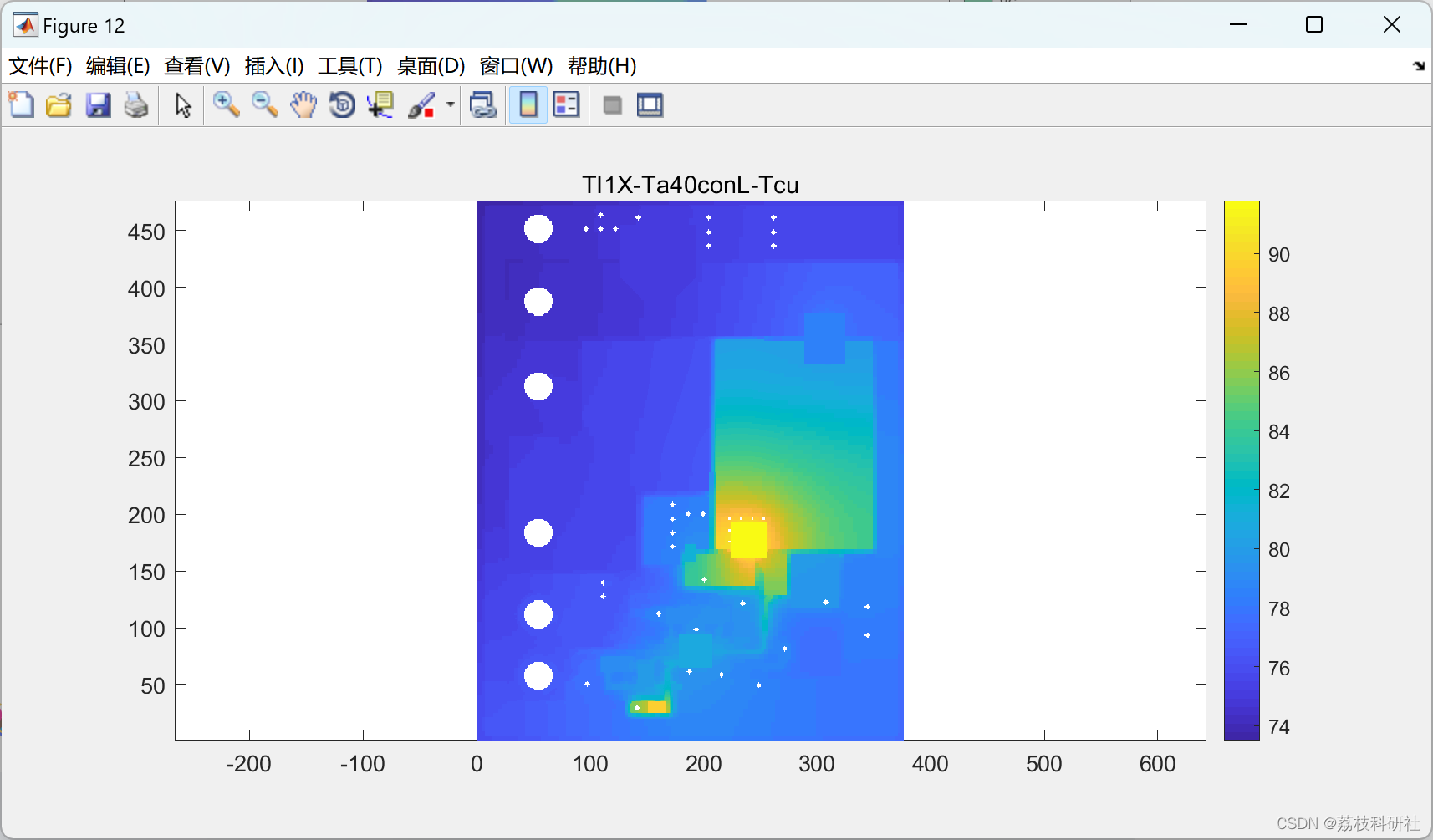
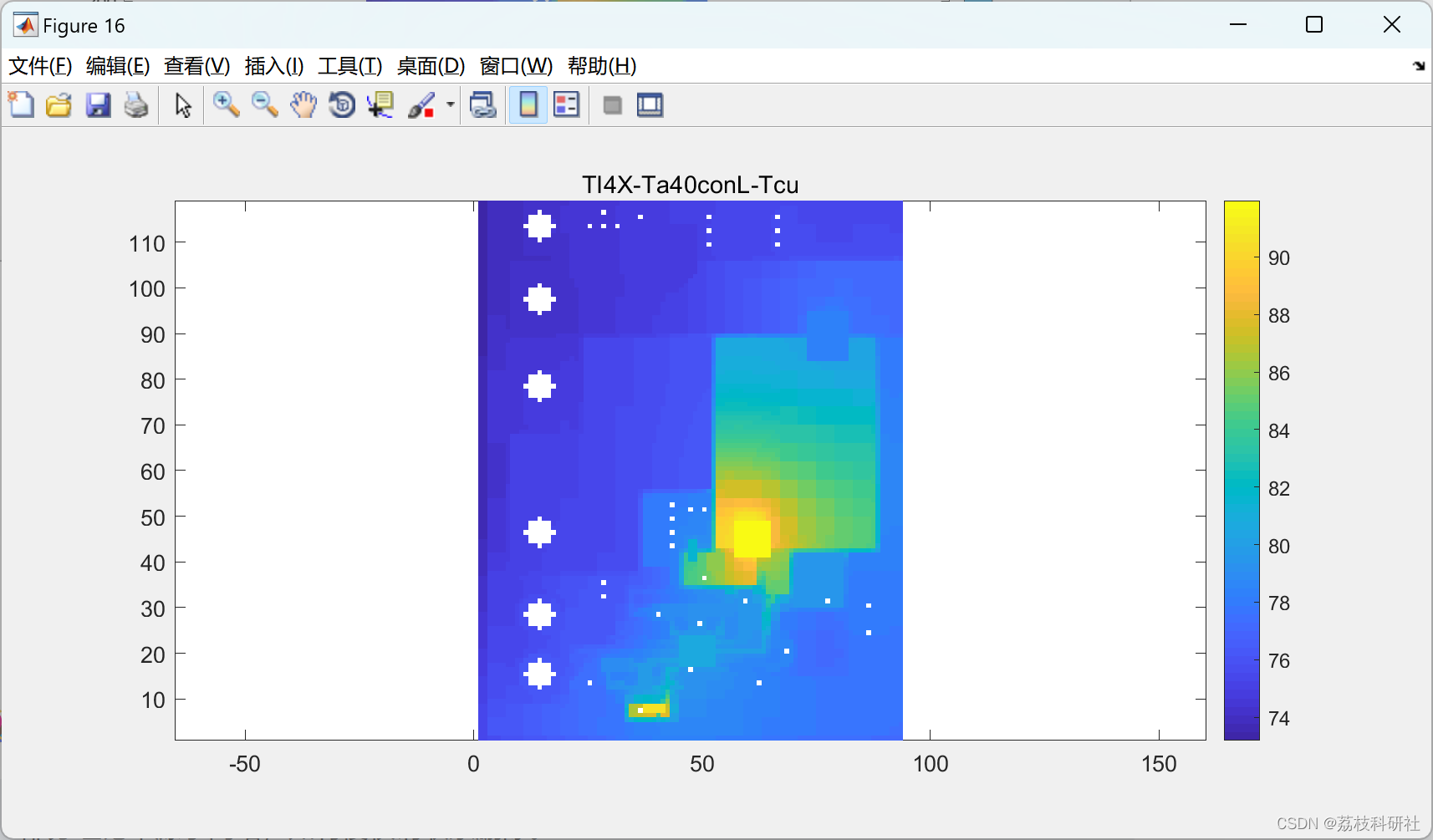
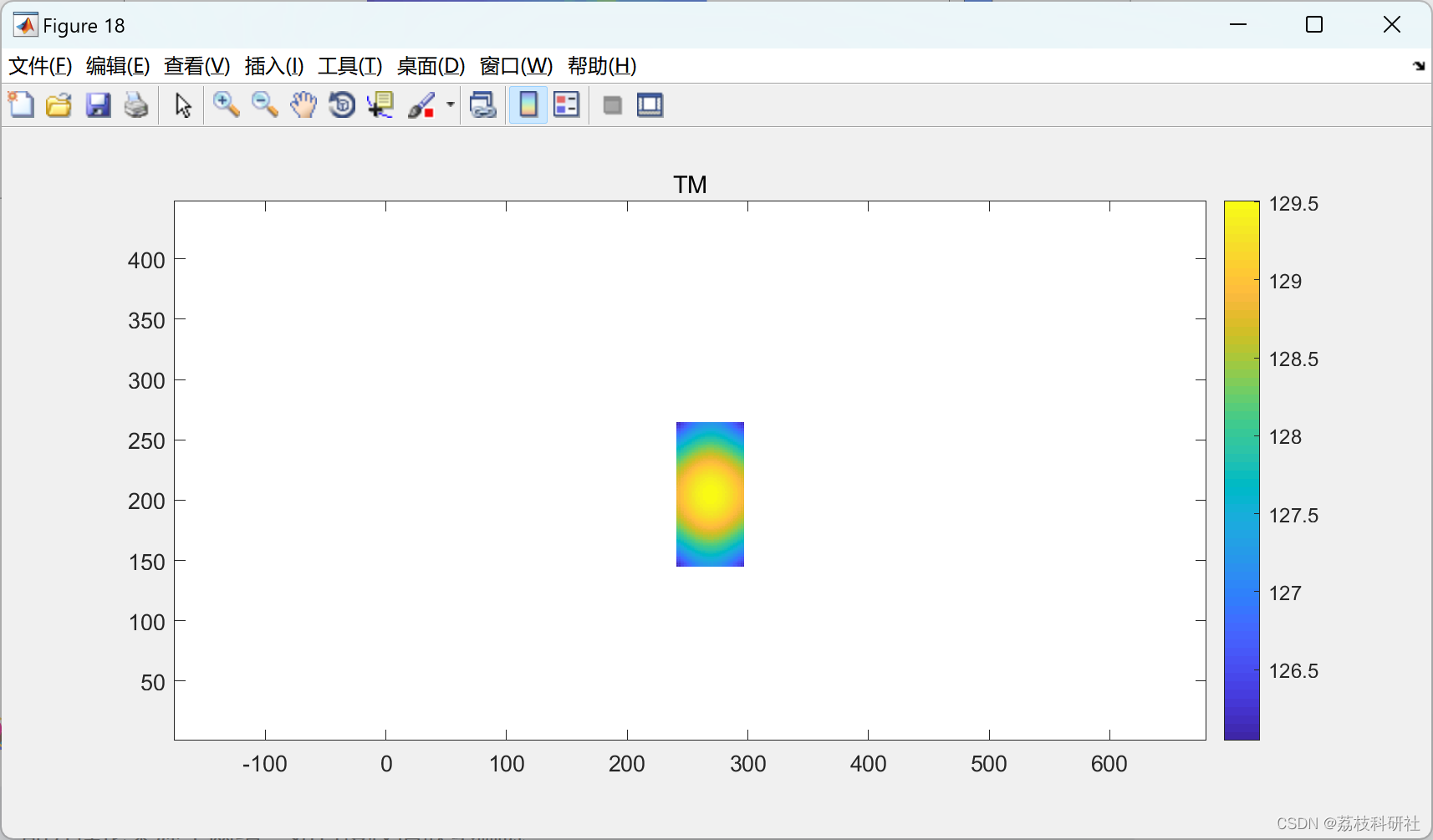
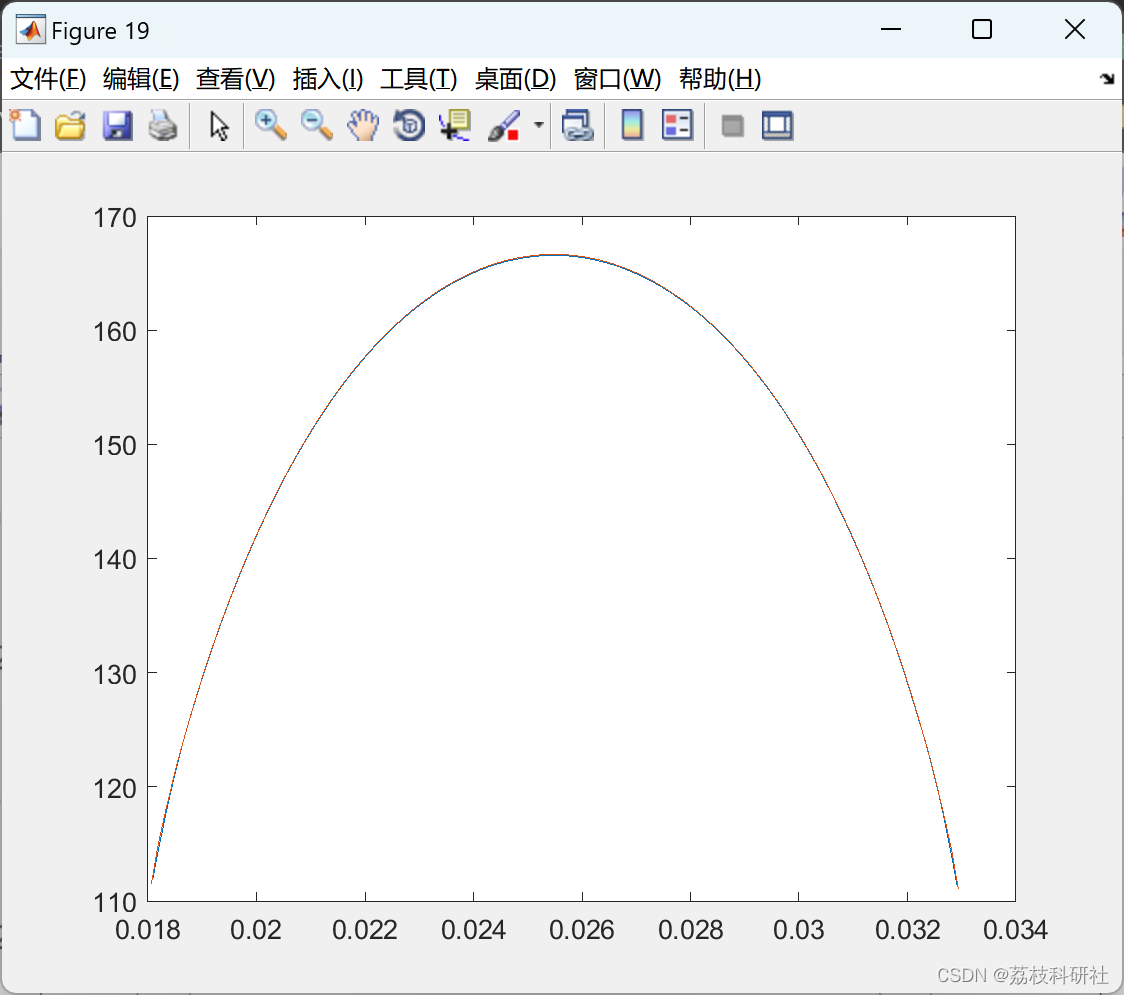
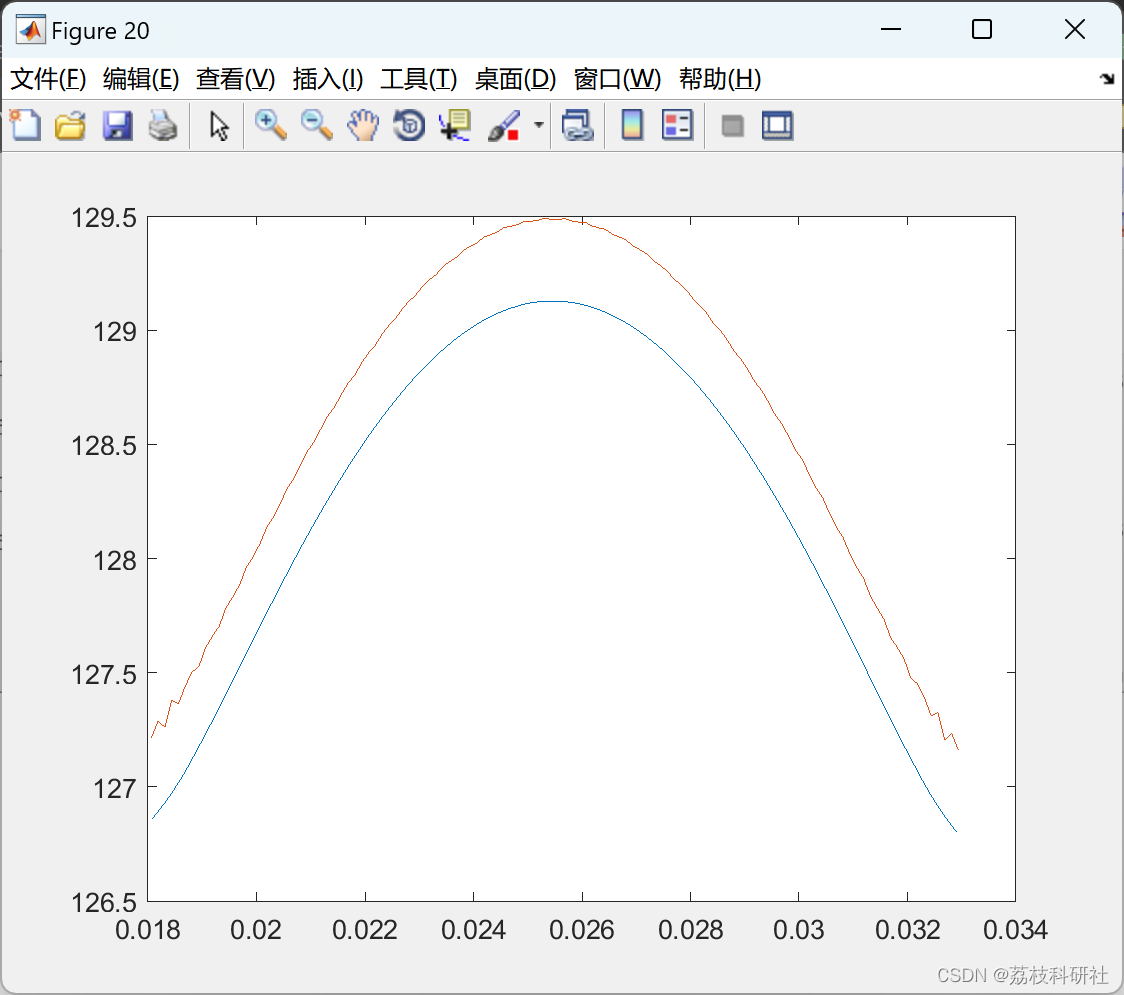
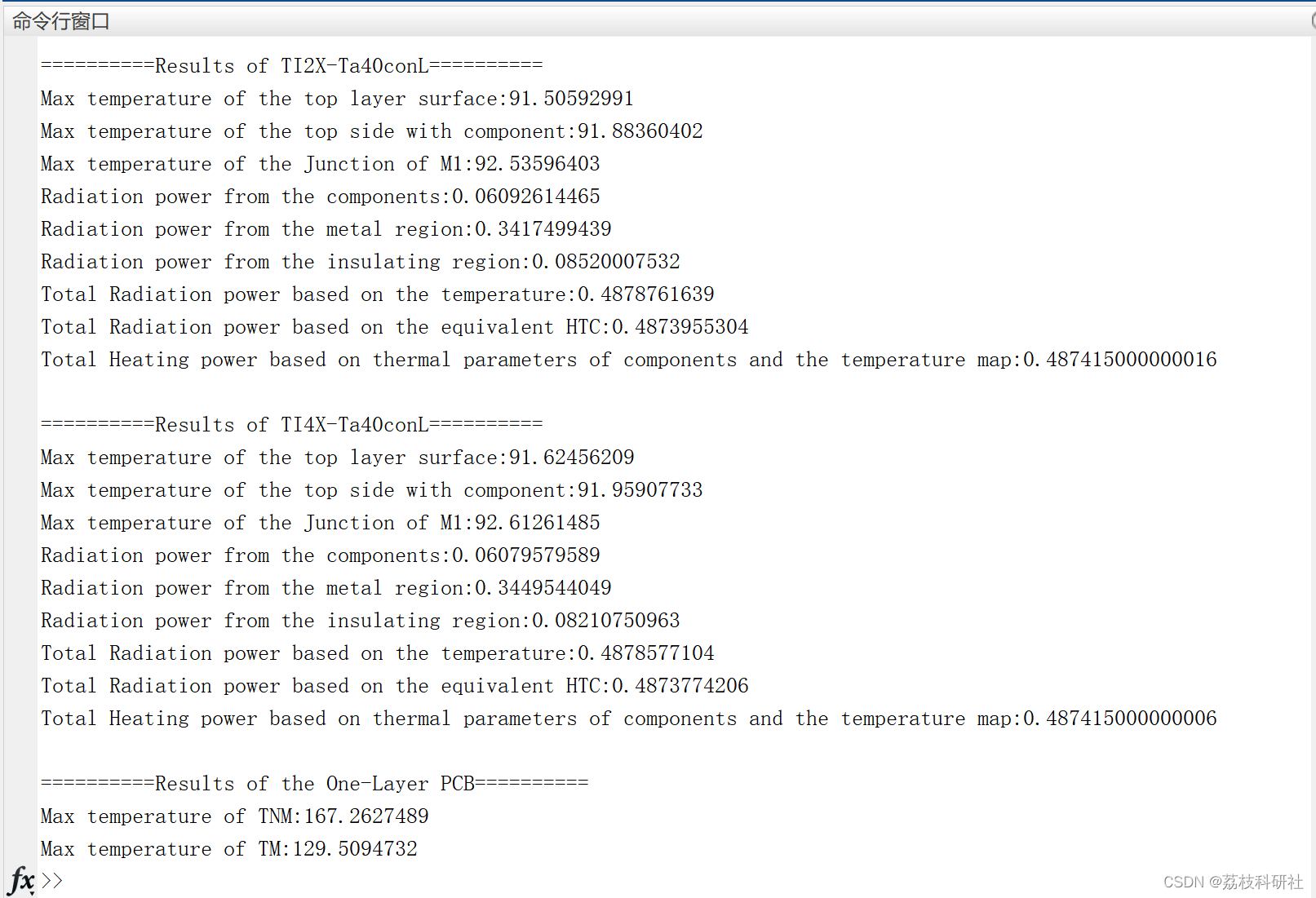
部分代码:
% The radiation boudary condition is considered in the coupling method by
% using the radiation-equivalent HTC.
% The equivalent radiation power is also composed of three parts,
% including the part from the components,the part from the top metal layer,
% and the part from the insulating region of the top side.
function [qH21,qHM,qHI,qHall]=RadiationbyHTC(Sc,Tc,Hc,dc2,TMu,TIu,HR,HRINS,LF16,LF4,LPRP,PFMAP,LINS16,LINS4,LINS)
% The part from the components was denoted by the array of qH21:
qH21=Tc.*Sc.*Hc;
% The part from the top metal layer was denoted by the array of qHM:
TMu(1:LF16)=TMu(1:LF16)*16*dc2;
TMu(LF16+1:LF16+LF4)=TMu(LF16+1:LF16+LF4)*4*dc2;
TMu(LF16+LF4+1:LPRP)=TMu(LF16+LF4+1:LPRP)*dc2;
% TMu(LPRP+1:LALL)=0;
QRONE=TMu(LF16+LF4+1:LPRP);
QRONE(PFMAP)=0;
TMu(LF16+LF4+1:LPRP)=QRONE;
qHM=sum(TMu.*HR);
% The part from the insulating region was denoted by the array of qHI:
TIu(1:LINS16)=TIu(1:LINS16)*16*dc2;
TIu(LINS16+1:LINS16+LINS4)=TIu(LINS16+1:LINS16+LINS4)*4*dc2;
TIu(LINS16+LINS4+1:LINS)=TIu(LINS16+LINS4+1:LINS)*dc2;
qHI=sum(TIu(1:LINS).*HRINS);
% The total radiation power was calculated as follows:
qHall=qHM+qHI+sum(qH21);
🎉3 参考文献
部分理论来源于网络,如有侵权请联系删除。
[1]Yabin Zhang (2021) Thermal model data of a one-layer PCB and the PCB of a phantom DC-DC power supply.
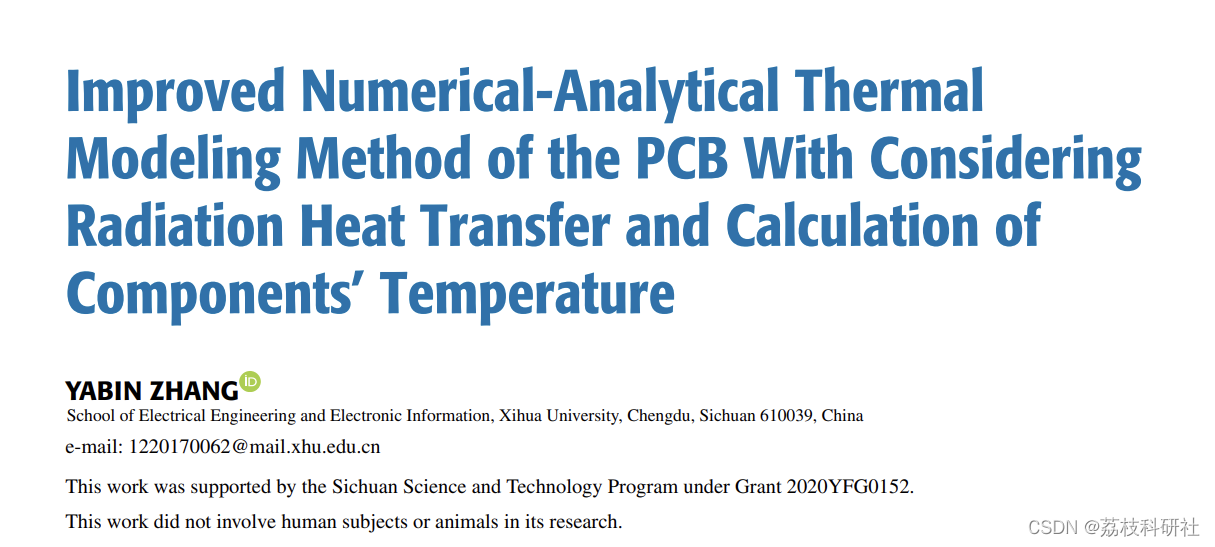























 1381
1381











 被折叠的 条评论
为什么被折叠?
被折叠的 条评论
为什么被折叠?










